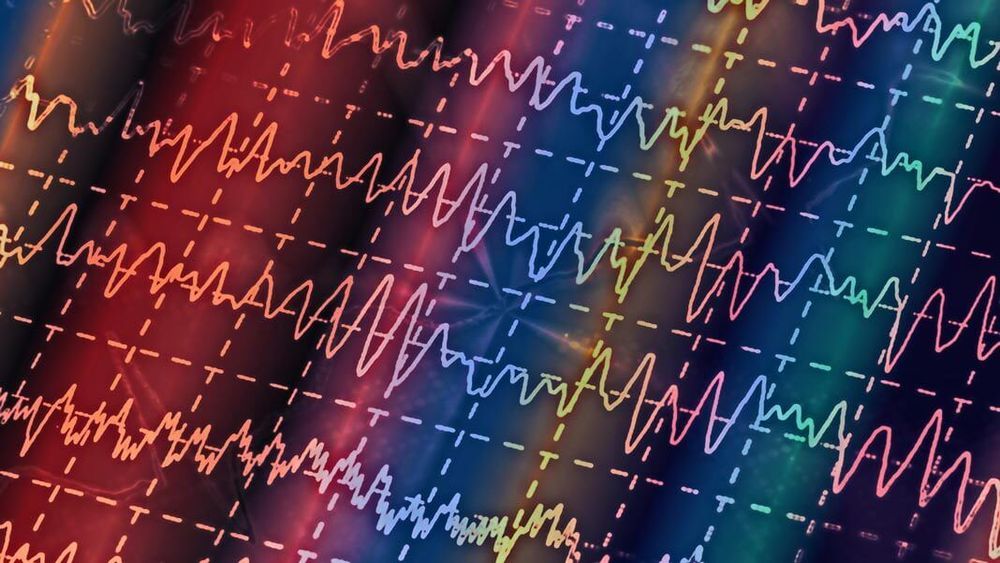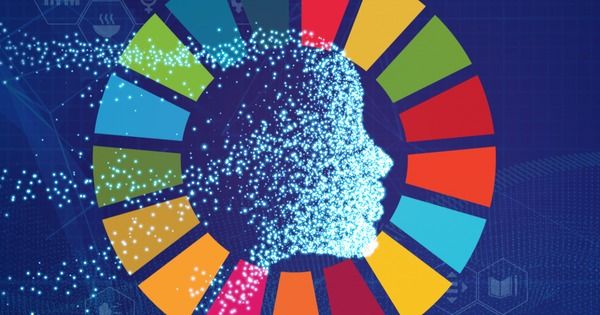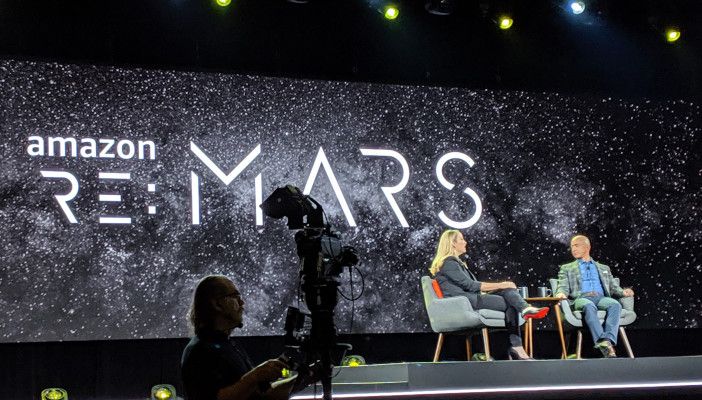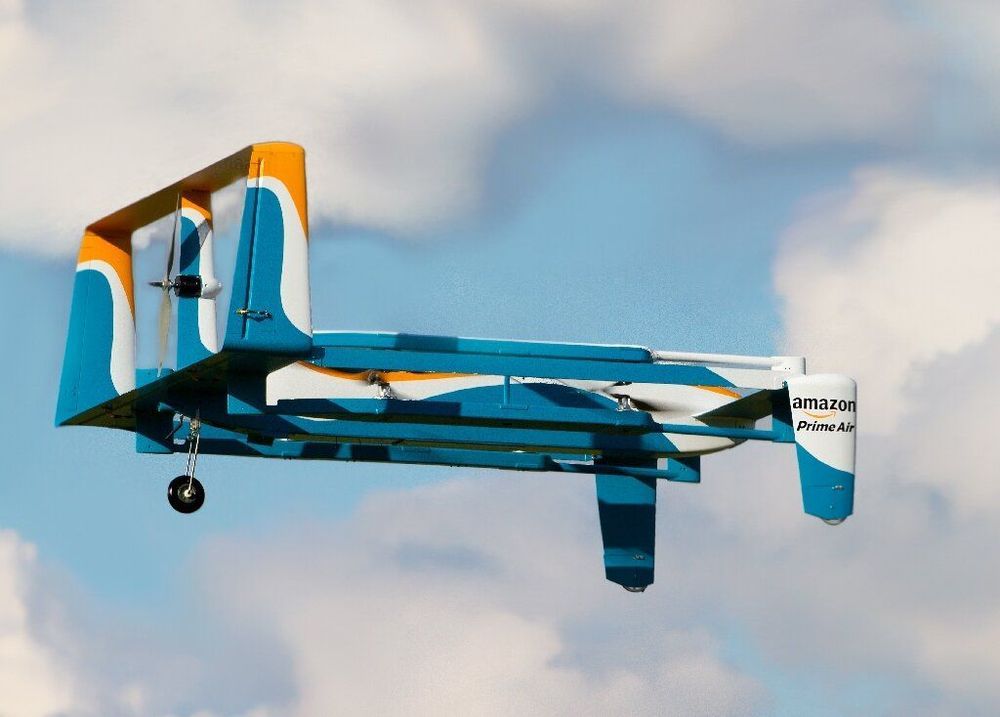AI chatbots are finally getting good — or, at the very least, they’re getting entertaining.
Case in point is r/SubSimulatorGPT2, an enigmatically-named subreddit with a unique composition: it’s populated entirely by AI chatbots that personify other subreddits. (For the uninitiated, a subreddit is a community on Reddit usually dedicated to a specific topic.)
How does it work? Well, in order to create a chatbot you start by feeding it training data. Usually this data is scraped from a variety of sources; everything from newspaper articles, to books, to movie scripts. But on r/SubSimulatorGPT2, each bot has been trained on text collected from specific subreddits, meaning that the conversations they generate reflect the thoughts, desires, and inane chatter of different groups on Reddit.









